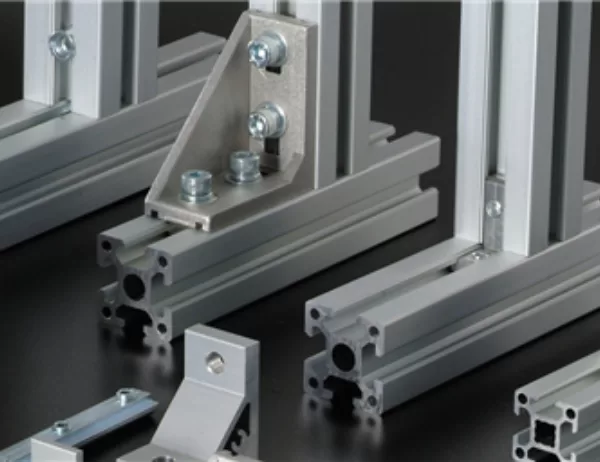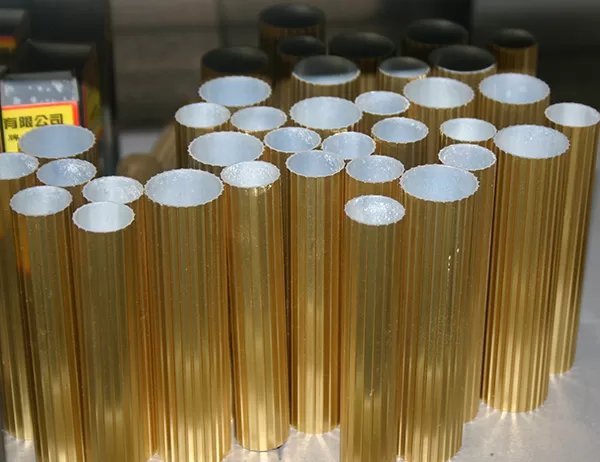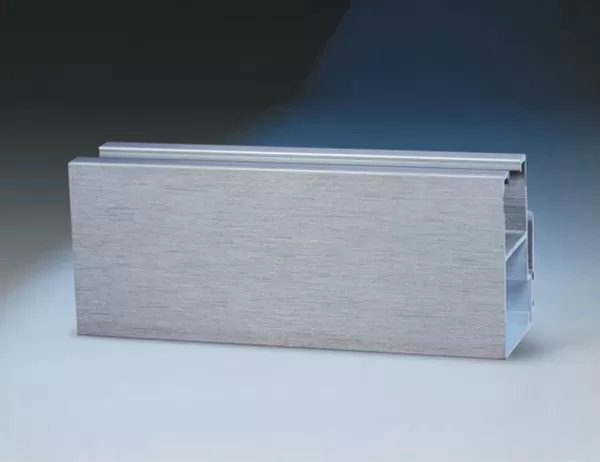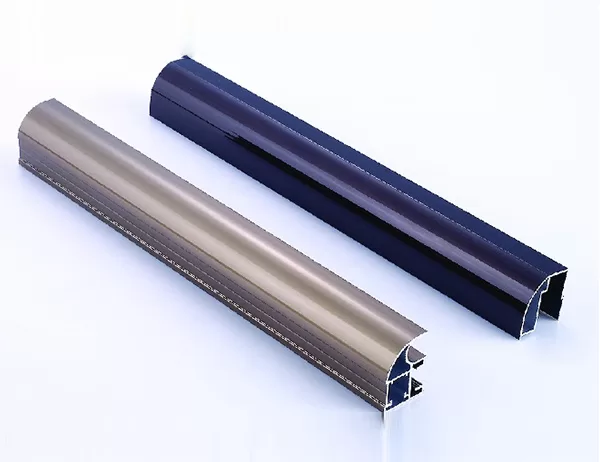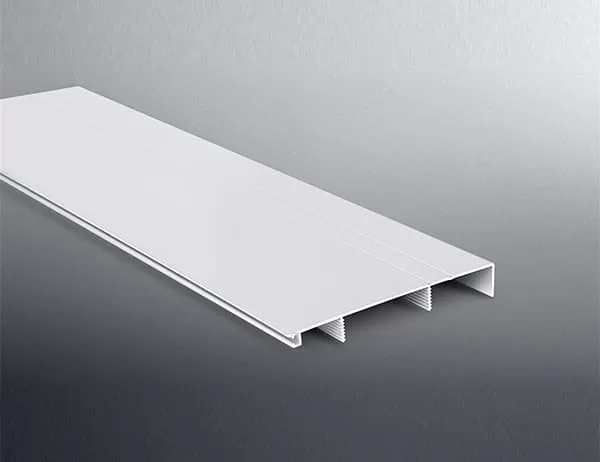Industrial aluminum profiles are playing a pivotal role in the realization of sustainable building practices. By leveraging their inherent qualities, these profiles enable architects and engineers to construct eco-friendly structures that minimize environmental impact and promote resource conservation.
Durability and Longevity
Aluminum profiles possess exceptional durability and longevity, with a lifespan of up to 50 years. This eliminates the need for frequent replacements, reducing the consumption of raw materials and the generation of construction waste. Additionally, aluminum’s resistance to corrosion and harsh weather conditions ensures that buildings retain their aesthetic appeal and structural integrity over an extended period.
Energy Efficiency
Due to their high thermal conductivity, aluminum profiles contribute to energy efficiency in buildings. They act as a thermal bridge, transferring heat effectively from the interior to the exterior during summer and vice versa during winter. This helps regulate indoor temperature, reducing the reliance on energy-consuming HVAC systems. Moreover, aluminum windows and doors with thermal breaks further enhance energy savings by minimizing heat transfer through the frame.
Material Recyclability
Aluminum is a highly recyclable material, with a recycling rate of over 90%. This means that aluminum profiles can be recovered and reused at the end of their lifespan, significantly reducing the environmental footprint associated with building materials. Recycled aluminum has comparable properties to virgin aluminum, making it an ideal choice for sustainable construction.
Low Carbon Footprint
The production of industrial aluminum profiles is energy-intensive; however, advancements in technology have significantly reduced the carbon footprint associated with this process. By utilizing renewable energy sources and optimizing production practices, manufacturers are minimizing the environmental impact of aluminum production. Furthermore, the durability and recyclability of aluminum profiles contribute to a lower overall carbon footprint over the building’s lifespan.
Indoor Air Quality
Aluminum profiles contribute to improved indoor air quality by being non-toxic and non-combustible. They do not emit harmful chemicals that can affect the health of occupants. Additionally, aluminum profiles are resistant to mold and mildew, reducing allergens and maintaining a healthy indoor environment.
Conclusion
Industrial aluminum profiles are essential components of green building practices, offering numerous environmental benefits. Their durability, energy efficiency, recyclability, low carbon footprint, and enhanced indoor air quality make them an ideal choice for architects and engineers seeking to construct sustainable and environmentally conscious structures. By embracing the use of aluminum profiles, the building industry can significantly reduce its impact on the environment and contribute to a greener future.
